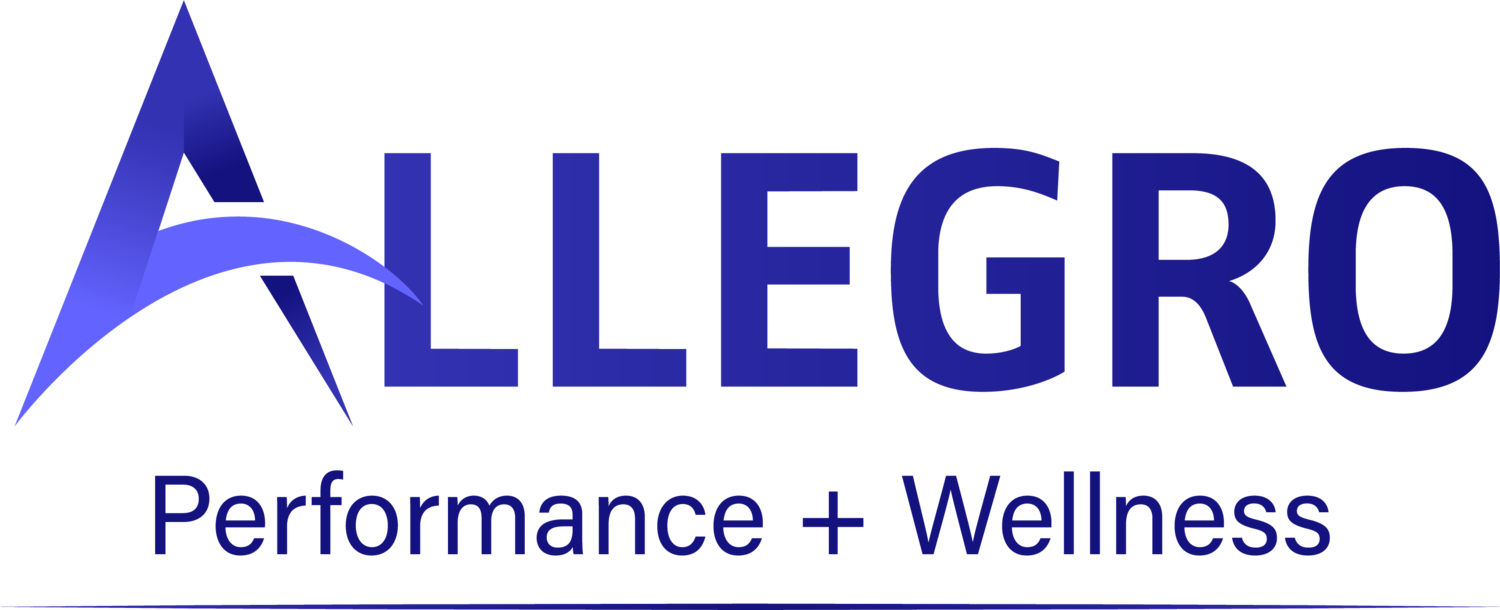When Can I Start Pointe?
Historically, in the world of ballet, young dancers were considered ready to start training en pointe at 12 years of age. However, this age had more to do with tradition than any biological or technical requirement. With advances in dance science, we now know that there are many complex factors besides chronological age which can help to determine when it is safe for a dancer to progress en pointe. So what are these factors and how do you know whether you or your child is ready to progress?
First of all, lets look at the mechanics of pointe work. Going en pointe requires having the foot and ankle in the maximally pointed position, meaning that the dancers body weight is supported on the tips of the toes, rather than the bottom of the foot. The average pressure on the toe box while on pointe is 220psi. To put that in perspective, maximum tire pressure for a car is usually somewhere between 30-35psi. That’s a lot of pressure! And it’s not just while on pointe that there are high pressure loads. Simply walking in pointe shoes doubles the peak pressure acting on the foot compared with walking barefoot. So, you can see why, with all that pressure and the unique mechanics required, it is so important to make sure a student is truly ready to start pointe work.
Although chronological age is no longer used as an assessment, biological age must still be taken into consideration. Musculoskeletal maturity and motor development vary greatly among young dancers, and it is critical to know where a dancer falls along that continuum to truly assess for readiness. A series of dynamic tests can be used to provide an accurate assessment of a dancers readiness to safely begin pointe work. These tests will challenge a dancers trunk and pelvic stability and control. Trunk stability is just as important as (if not more so!) than foot and ankle strength to minimize the impact of the pressures through the foot. Dynamic tests will also assess foot and ankle strength and control. In addition to the dynamic tests, a dancer must have sufficient range of motion at the foot and ankle joints in order to achieve the necessary alignment while en pointe.
The checklist below is the minimum requirements that are used clinically when assessing a dancer for pointe readiness. Ultimately, the decision to begin pointe work is a major milestone in any young dancers training, and one that should always be made in collaboration with the ballet teacher, who has the final say in the matter.
Pointe Readiness Checklist:
At least 4 years of ballet training
Ballet class minimum of twice per week
Sufficient range of movement at ankle and foot
Sufficient strength of ankle joint and intrinsic foot muscles
Sufficient stability and control through trunk and pelvis
Excellent ballet technique with correct alignment
As you can see, assessing for pointe readiness is a lot more complicated than simply waiting until a dancer is 12 years of age, and is something that all young dancers should undergo before getting their first pair of pointe shoes.
Are you interested in finding out if you’re ready to start pointe? Pointe readiness assessments can be done in a group (class) setting or on an individual basis. Contact me for more information about booking your assessment today!
References
Richardson M, Liederbach M, Sandow E. Functional Criteria for Assessing Pointe-Readiness. Journal of Dance Medicine and Science 2010;14(3):82-88
Shah S. Determining a young dancer’s readiness for dancing on pointe. Curr Sports Med Rep 2009;8(6):295-299
Shah S. Pointe shoes complicate biomechanics of ballet. Lower Extremity Review. April 2010.
Weiss D, Rist R, Grossman G. Guidelines for Initiating Pointe Training.
Journal of Dance Medicine and Science 2009;13(3):90-92



